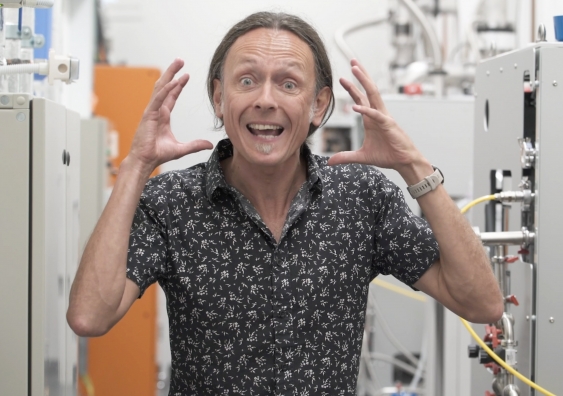'Noise-cancelling headphones’ for quantum computers: international collaboration launched
A new project to develop an unprecedented capability in quantum computing – a 'noise-cancelling headphone' for quantum computers – is set to increase the stability of fragile quantum building blocks, or qubits.


